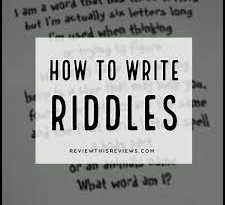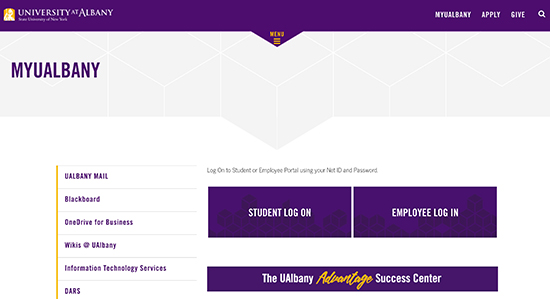Difference between class and object: Basic part of OOP
What is Class?
Difference between class and object: A category is an entity that determines how an item will behave and what the item will incorporate. In other phrases, it’s far a blueprint or a hard and fast of instructions to construct a selected form of object. It affords initial values for member variables and member capabilities or strategies.
What’s an object?
An item is not anything however a self-contained factor that includes techniques and residences to make statistics beneficial. It helps you to determine the conduct of the class.
For instance, when you send a message to an object, you are asking the object to invoke or execute certainly one of its techniques.
Person creatable objects
In a consumer application, the best gadgets belonging to positive classes may be created immediately. inside the class hierarchy chart, the yellow containers denote these consumer-instantiable training.
The other instructions fall into one of four categories:
- Non-instantiable superclasses along with Base and think about.
- Lessons designed to feature simplest as composite magnificence members, such as PlotManager and subclasses of the Transformation class.
- The training that could have the handiest one instance, together with errors and Workspace; are mechanically instantiated when the HLU library is initialized.
- Classes that can be instantiated by means of sure gadgets for a specialized cause on behalf of the consumer; presently encompass the XyDataSpec and AnnoManager lessons.
Dynamically associated items
Further to the elegance hierarchy and composite magnificence relationships, the HLU library has a mechanism that allows you to companion independently-created View gadgets dynamically. You may “overlay” rework elegant objects onto a plot object’s statistics space. You may also make any View object into an “annotation” of a plot item. The aggregate of the bottom plot item, its overlays, and its annotations acts in lots of ways like a single object. Plot gadgets, overlays, and annotations are mentioned inside the PlotManager magnificence module, and additionally within the AnnoManager magnificence module
Superclasses and subclasses
Every other manner to refer to a derived elegance is as a “subclass” of the unique class. The class from which the subclass is derived is called its “superclass.” for example, in the HLU library, the superclass of the TextItem elegance is the View magnificence. The thing that all View subclasses have is not unusual is that they can all be used to create graphical items. some other subclasses of the View elegance are XyPlot, VectorPlot, StreamlinePlot, ContourPlot, MapPlot, title, TickMark, Legend, and LabelBar. The superclass of all subclasses is the base class.
Frequently the superclasses cannot be instantiated directly. For instance, you can’t create a Base item or a View item. The role of these superclasses is to define not unusual techniques and resources that, via inheritance, are robotic to be had to their subclasses.
As an instance, the non-instantiable computer superclass defines a resource, wkColorMap, that includes a list of presently allotted hues. For the reason that PSWorkstation class, used to output PostScript, is a subclass of pc, any PSWorkstation item can get admission to the wkColorMap useful resource. In truth, all of the assets described through the pc elegance are available to a PSWorkstation item. indeed, they’re available to objects belonging to any subclass of laptops, which include the NcgmWorkstation elegance or the XWorkstation magnificence.
Here is the important difference between class and object:
| Class | Object |
| A class is a template for creating objects in the program. | The object is an instance of a class. |
| A class is a logical entity | The object is a physical entity |
| A class does not allocate memory space when it is created. | Object allocates memory space whenever they are created. |
| You can declare class only once. | You can create more than one object using a class. |
| Example: Car. | Example: Jaguar, BMW, Tesla, etc. |
| Class generates objects | Objects provide life to the class. |
| Classes can’t be manipulated as they are not available in memory. | They can be manipulated. |
| It doesn’t have any values which are associated with the fields. | Each and every object has its own values, which are associated with the fields. |
| You can create a class using the “class” keyword. | You can create an object using the “new” keyword in Java |
To get more knowledge about it, please visit our site: dfchecking.com




